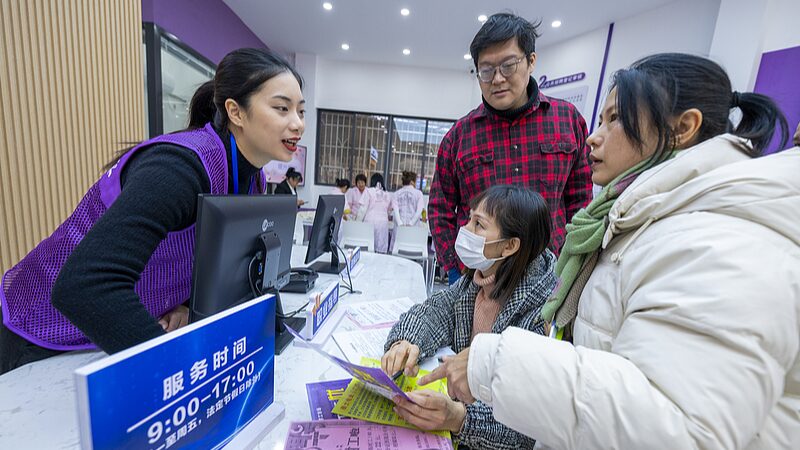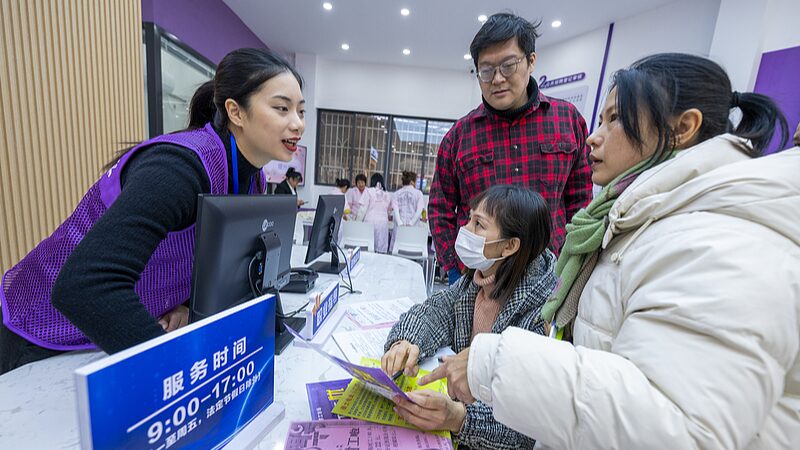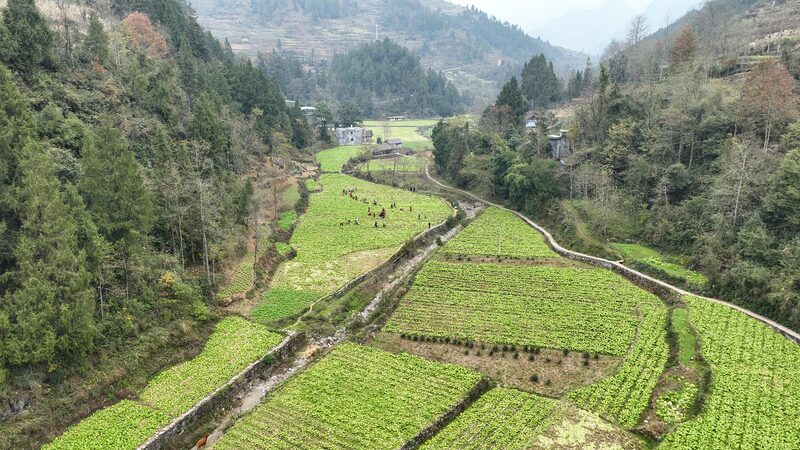China has made significant strides in its battle against poverty, declaring a comprehensive victory in February 2021 as 98.99 million rural residents rose above the poverty line. This milestone marks the beginning of a new phase focused on consolidating these gains and ensuring sustained progress.
To maintain these achievements, China has implemented a series of strategic policies and top-level designs. At the end of 2020, a five-year transition period was established to provide continued support to both regions and individuals lifted out of poverty. During this period, major assistance policies have facilitated a smooth transition from poverty alleviation to rural revitalization.
A cornerstone of this strategy is a dynamic monitoring and assistance mechanism aimed at preventing individuals from falling back into poverty. This system includes regular checks and dynamic management, allowing for early detection and timely intervention to support vulnerable households.
At a press conference in January, Zhang Xingwang, vice minister of agriculture and rural affairs, outlined specific measures to strengthen poverty alleviation successes. These include industrial assistance, employment support, and enhanced social security.
Efforts are concentrated on developing rural specialty industries. All 832 counties removed from the poverty list in 2020 have cultivated two to three leading industries, generating a total output value exceeding 1.7 trillion yuan ($230 billion). By improving the quality and efficiency of these industries, a stable income source is ensured for those lifted out of poverty.
By the end of 2024, employment in poverty-stricken areas reached 33.05 million, maintaining a stable level above 30 million for four consecutive years. Additionally, China is enhancing its multi-level social security system to provide continuous support in education, healthcare, housing, and other areas, significantly reducing the risk of poverty relapse.
As of November 2024, 5.34 million people at risk of returning to poverty received assistance, effectively eliminating this risk. In the first three quarters of 2024, the per capita disposable income of farmers in poverty-stricken counties reached 12,384 yuan, a 6.5 percent increase year-on-year, surpassing the growth rate of the national rural residents' income for four consecutive years.
Looking Ahead
The \"No. 1 central document\" for 2025, released on Sunday, emphasizes the establishment of mechanisms to prevent poverty lapse and relapse. It calls for a categorized assistance system for low-income residents and underdeveloped rural regions. The document underscores China's commitment to enhancing agricultural efficiency, revitalizing rural areas, and increasing farmers' income, thereby laying a solid foundation for modernizing the nation.
Next year marks the end of the five-year transition period. However, China remains steadfast in its commitment to shielding its population from poverty. Han Wenxiu, executive deputy director of the Office of the Central Committee for Financial and Economic Affairs, stated at a press conference on Monday that support policies will continue beyond the transition period. The country will refine these policies for low-income residents and underdeveloped areas to ensure the persistent and permanent safeguarding of its poverty reduction achievements.
Reference(s):
China continues fight against poverty as it safeguards progress
cgtn.com






